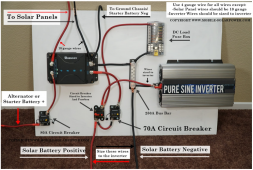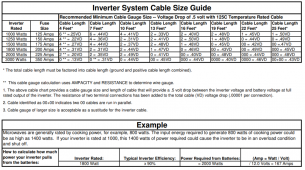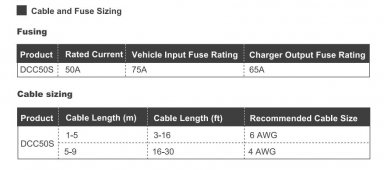benpaneccasio
New Member
- Joined
- Sep 4, 2021
- Messages
- 4
Hello all,
I am looking to use Will's outline for the 400w setup with alternator in my RV. He has to outlines and they are slightly different. The top picture incorporates a FUSE BOX, BUS BAR, and rates the 2 fuses that are rated at 5amps above what they are rated in the bottom picture. Can someone who understands this please help me understand:
1. Which one of these is better?
2. What amp circuit breakers I should use?
3. What size wire needed if im using a 1500w pure sine wave inverter?
4. What amp circuit breaker is needed for the inverter given the answer to the last question?
5. Will alos has this video that explains it in yet again another way. This one seems the most simple.
IS THIS ONE SAFE AND GOOD TO USE?
Than you


I am looking to use Will's outline for the 400w setup with alternator in my RV. He has to outlines and they are slightly different. The top picture incorporates a FUSE BOX, BUS BAR, and rates the 2 fuses that are rated at 5amps above what they are rated in the bottom picture. Can someone who understands this please help me understand:
1. Which one of these is better?
2. What amp circuit breakers I should use?
3. What size wire needed if im using a 1500w pure sine wave inverter?
4. What amp circuit breaker is needed for the inverter given the answer to the last question?
5. Will alos has this video that explains it in yet again another way. This one seems the most simple.
Than you


Last edited:






